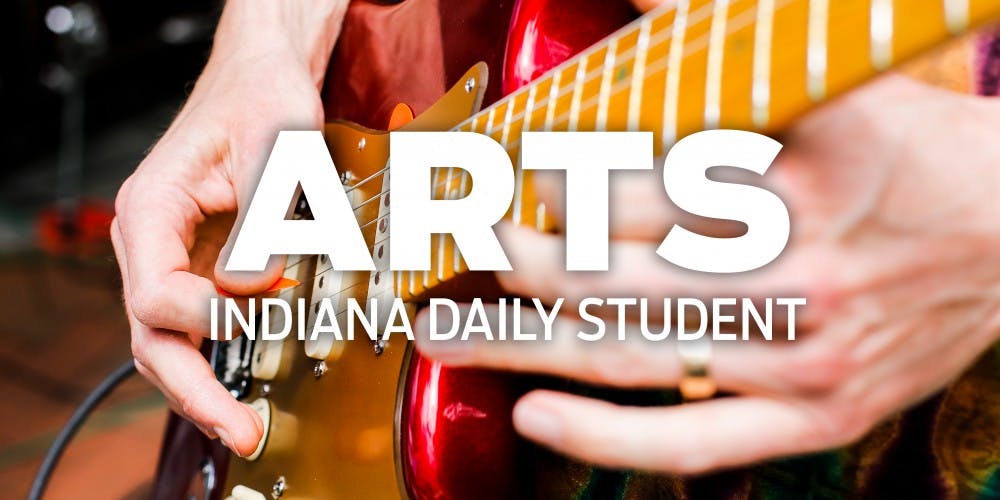A woman stood facing a camera with the words “Dim Your Light for No Man” scrawled across her chest. To her right, photographs of others with words on their skin flashed across a screen.
The photographers were part of a project called “Dear World.” The group travels and photographs people’s portraits and the stories the subjects choose to write on their skin. The project has involved subjects from around the world-- from Boston marathon bombing survivors to refugee camps in Jordan.
On Thursday, the “Dear World” team traveled to IU to photograph students gathered in the Indiana Memorial Union’s Alumni Hall.
“We try to take the portrait of a community by telling the stories of individual people,” Executive Producer Jonah Evans said. “We hear people’s stories of love, loss, hope and fear.”
The woman, graduate student Alyssa Beauchamp, said she chose these words “Dim Your Light for No Man” because they illustrate her identity as a queer Latina woman and her hope for others like her. They also allowed her to stand as an individual on a college campus where most try to blend in.
“It’s a story of defiance,” Beauchamp said. “Because of my identity, I often feel silenced for being too angry or too much, but they’re trying to squash this fire that won’t dim. I won’t stop being who I am.”
Evans said stories like these can be difficult to share in everyday life, especially in places like the Midwest where politeness is vital. People often avoid directly confronting personal stories because of the desire to be polite, he said.
“We often feel weird about prying and asking questions that dig a little deeper,” he said. “But these portraits are begging you to ask for the stories behind them and force you to have that conversation and then share a more authentic portrayal of yourself.”
Senior field producer Tori McCarthy said these vulnerable and powerful stories are especially important today because of political divisiveness.
“This partisanship can divide us, but when you hear people’s stories, you’re more likely to have empathy and understand each other,” McCarthy said. “These narratives can be a uniting force.”
Beauchamp said it was the potential of these stories to help the country heal from political divisiveness that stood out to her most.
“The climate in this country right now can make you feel hopeless and powerless,” she said. “This experience helps remind us of our strength.”
Evans said one part of the experience that stands out to him is its ability to turn the traditional relationship between photographer and subject on its head.
“You’re in charge of this story you want to share,” he said. “It’s not the photographer speaking through the portraits. It’s the people speaking through the photography.”
Overall it is the presentation of the stories at the evening reception that he said affects him the most.
During the reception, students took the stage to tell the stories behind the words they had written. One student had written “Surviving my grief” across her chest, just below where a locket from her dead father hung from her neck.
Another had written “Mexican not Whitezican” across his arms while the next, donning a bright pink hijab, had the words “We gonna be alright” on her chest.
Evans said this presentation is what gives people the opportunity to see what their individual story looks like in the collection of their community’s stories.
“It’ll be almost like a tapestry that was built today,” Evans said. “But every single thread in that tapestry is a beautiful, unique story.”






